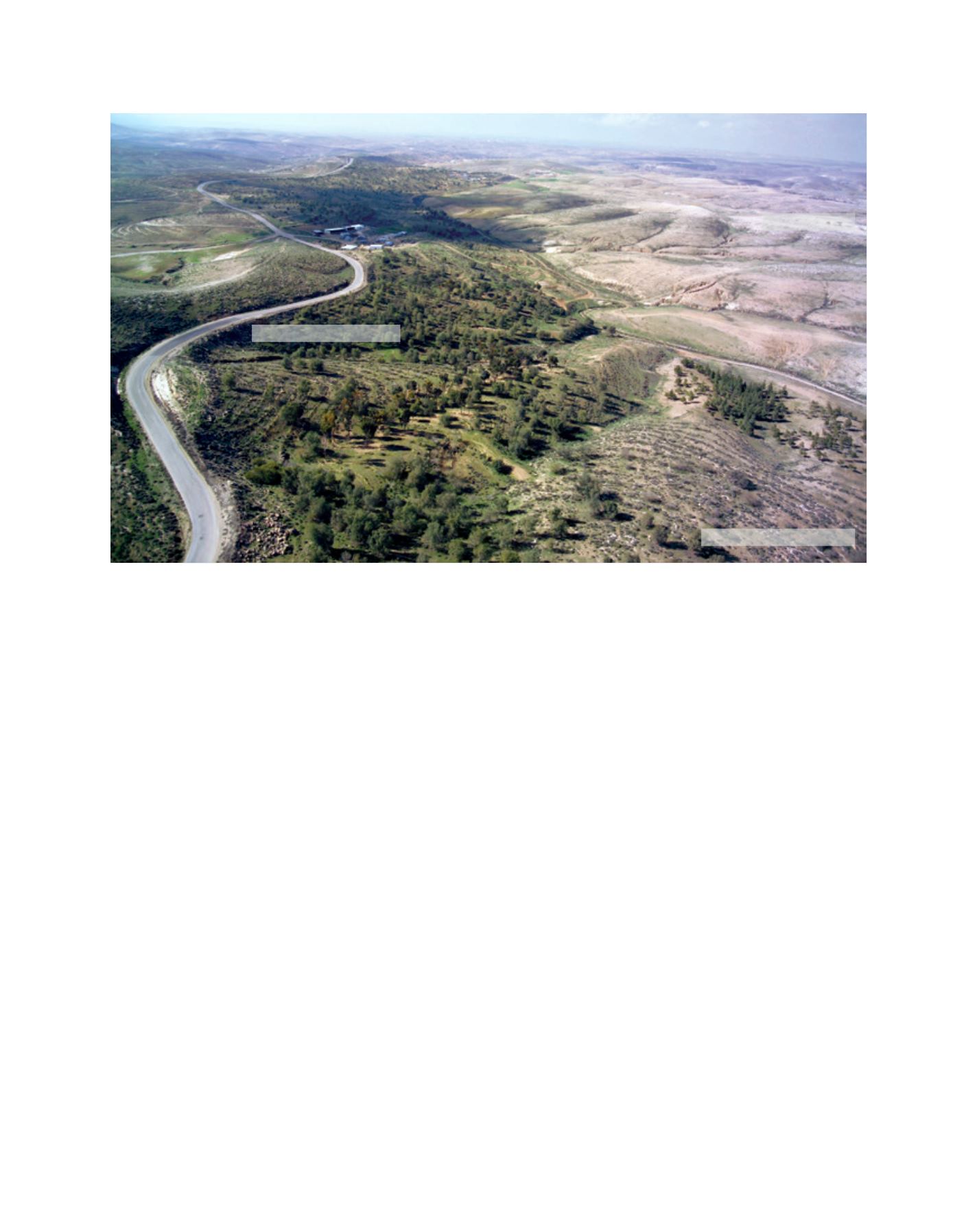

[
] 90
level of system degradation as determined by indicators for
soil erosion, water loss and primary productivity.
Ecological models describing the functional attrib-
ute of ecosystems in the Northern Negev reveal that an
increased rate of system degradation can be expected due
to the following trends: increased urban development and
its associated demographic pressures (increased built-up
areas); high-intensity cultivation of agricultural lands; lack
of maintenance of ancient agriculture sites, and increased
grazing pressure. In addition, predicted trends in global
climate change may result in more extreme weather events
(incidences of unusual droughts and storms), thus exacer-
bating degradation processes.
Identification of the pathways and trajectories of deser-
tification processes enables formulation of the pathways
and trajectories for functional rehabilitation of the ecosys-
tems, where functional rehabilitation implies restoring the
ecological functions of the system prior to desertification.
This necessitates reversing the system functioning from
a system that loses water and soil to one that conserve
these resources. When the system conserves resources its
cascading functional responses are an increase in biological
productivity and diversity.
KKL-JNF acts to functionally rehabilitate the desertified
ecosystems in the Northern Negev by landscape modula-
tion through the construction of a mosaic of ‘mini run-off
catchments’ for harvesting the surface run-off generated
by the soil crust. This rehabilitation framework restores
the pre-desertification functions of rainfall water redistri-
bution and creates a landscape of soil moisture enriched
patches that conserve resources and enhance biological
productivity. In reshaping landscape structure, the human-
made rehabilitated ecosystems regain the ability to preserve
their scarce resources while renewing their ability to supply
ecosystem services for human welfare.
System rehabilitation and the reversing of degradation
processes by management intervention by KKL-JNF is based
on a scientific understanding of the connections between
hydrological processes and ecosystem structure and func-
tion in water-limited zones. This includes understanding the
rainfall/run-off/soil moisture relationship on the slope and
watershed scales, as well as the connection of water flow to
ecological processes such as productivity and diversity on the
landscape level.
Viewing rehabilitation as a management intervention to
regulate ecosystem functions is the road map that directs
KKL-JNF management actions and is translated into specific
activities, such as:
• alteration of the ecosystem’s physical infrastructure —
constructing various measures for run-off harvesting on
slopes and valleys as well as measures to stabilize erosion
processes such as gully heads; facilitating in-situ storage
of scarce water and soil resources, and encouraging the
regeneration of biotic components on site
• afforestation — tree plantation to supply ecosystem
services for human welfare.
The functional rehabilitation of an ecosystem restores the
integrity of fundamental hydrologic, edaphic and ecologic
processes, which are directed towards creating a novel,
Image: ‘Albatross’ — KKL Archive
Hiran forest after rehabilitation activities
Area rehabilitated by shrubs
Desertified area
Area rehabilitated by trees
L
iving
L
and
















